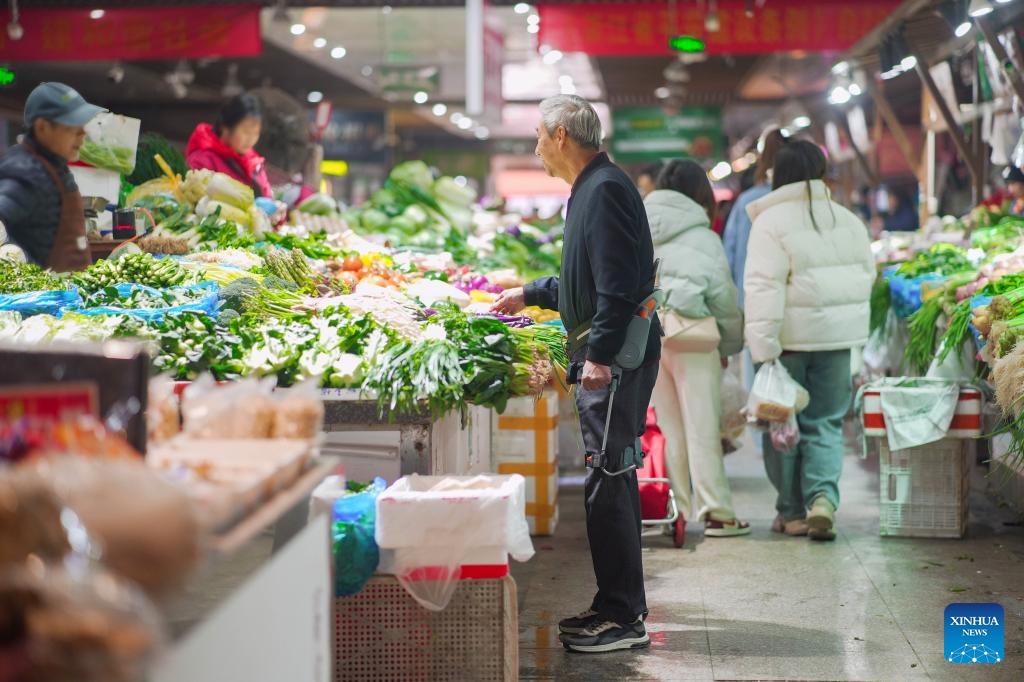Cooking up a masterpiece
By Yang Feiyue | China Daily | Updated: 2023-02-06 07:52

It is also physically demanding. A painter cannot rest his elbow on the mud stove, as it is wet. This is the perfect condition to apply theartwork.
If the surface is dry, the pigment would spread and fade, Zhao explains. As a result, one needs to have a strong arm.
"My father would put a piece of paper on the wall or make me lie under the eight-people table to practice and finish four paintings a day," he recalls.
Since there's no room for error in creating a stove painting, painters need to have both a firm hand and a good command of pigment.
Zhao used to fix a piece of paper on a woven bamboo rice container to steady his hands.
"The container was round and rugged, and if I could paint on it, there would be no problem when it came to the stoves," he says.
As for pigment use, his father would check if his arms were stained with dripped pigment, because it would mean he had applied too much of it, which was strictly forbidden.
It was through this stringent training that Zhao acquired a set of solid skills.
He started to build zaotou for other households in the neighborhood with his father at 17.
A traditional zaotou consists of a base and a body that embraces embedded pans and a chimney pipe, or flue. The stove is usually around 2 meters high and 1.5 meters wide. It is mostly set in a corner of the kitchen, leaving enough space between the back of the stove and the wall so people can tend the fire.
Since Zhao knew stove painting literally like the back of his hand, he could create more visually pleasing zaotou than others.
"After they told me what they wanted, such as how many pots they needed to place on zaotou and the painting themes and numbers, I would plan ahead in my mind," he says.
With growing experiences, Zhao could build a zaotou in three days and finish a set of stove paintings, mostly 10-15 pieces, within one day.
As local authorities have given more support to preserve and develop intangible cultural heritage, zaotou painting has been injected with new momentum.
In Tongyuan, the art form has made its way to education institutions, ranging from primary schools right up to college.
Zhao has been invited as a regular lecturer to a dozen local schools to teach students the history, culture and skills of zaotou painting.
"We now have this miniature zaotou about the size of a palm for students to try or practice the art," he says.
To date, Zhao has given lectures to more than 1,000 students and he says he takes comfort that many have shown a strong interest.
Cui Huijia, among the culture activity management staff in Xueshuigang village in the town, has been fascinated by zaotou painting, especially after Zhao did one for his renovated stove in 2016.
"It was my childhood memory flashing back," Cui says, and seeing Zhao's work rekindled his passion for the art and had him become an apprentice of Zhao to pursue it in 2018.
"I hope I can contribute to the inheritance and popularization of zaotou paintings," Cui says.
In 2020, Zhao published a collection of his paintings.
"Now that zaotou paintings have been receiving more support from various sides, I'll strive to create more works and reach out to those who show interest," Zhao says.
























